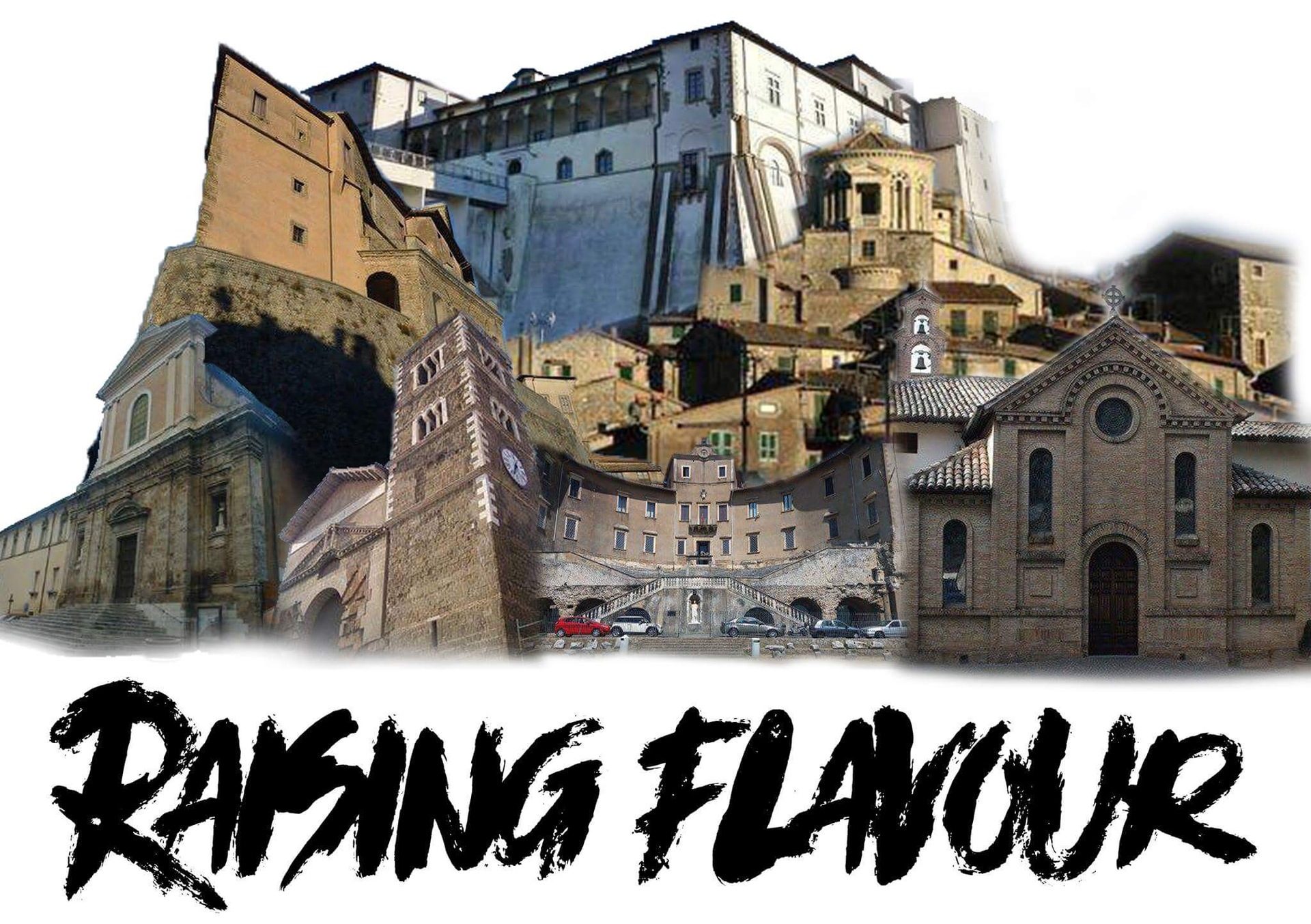Castel San Pietro Romano is a small hamlet of 886 resident walking for the hamlet the silence of the surrounding country can be tasted , broken occasionally from the sound of the bells.
THE FORTRESS OF THE COLONNA
Fortitude was destroyed for well twice and definitely reconstructed in the XIV century. The rests of the fortress vaguely consist in a mighty building perimeter to triangular plant, with indications of defensive towers to three summit. From the hamlet center it was accessed the fortress through a bridge drawbridge that allowed to climb over the defensive ditch outside.
MONUMENTS AND PLACES OF INTEREST
The historical center, beyond possessing pleasant street and characteristic plazas, possess different panoramic points from which it is possible to observe good-looking foreshortenings of the underlying Valley of the Sack as well as the first layers of the city of Rome.
RELIGIUS ARCHITECTURES
- Church of Saint Maria of the Coast
The church rises on the place of the hermitage of Blessed Margherita Colonna, Roman virgin withdrawn him in poverty to Castel San Pietro Romano, founding in the town a small monastery with attached church. The small church of Saint Maria, realized in 1700, it rises in the same point in which it was the monastery, already in downfall to the epoch of the construction of the actual building
- Church of St. Pietro Apostolo
The church, that dominates the principal plaza town, rises on the rests of a precedent Roman construction, destroyed in the VIII century. Subsequently to a thirteenth-century recovery, and after an attempt irrealizzato of restauration planned by Pietro by Cortona, the structure it assumed the actual configuration in 1732, year in which, for wish di Clemente XII, was magnified and restructured on project of Nicola Michetti. In such period the external parvis and her totality was almost realized of the inside decorative apparatus. In the wall of left they are preserved the bare ones of a Christian martyr, recovered in the cemetery of S. Caledopio, to which the name of Clemente was given..

